-
 Dandelion
Hi there! Welcome to my shop. Let me know if you have any questions.
Dandelion
Hi there! Welcome to my shop. Let me know if you have any questions.
Your message has exceeded the limit.

Elevator Load-Sensing Systems: The Role of Controllers and Sensors
2025-08-18 14:54:30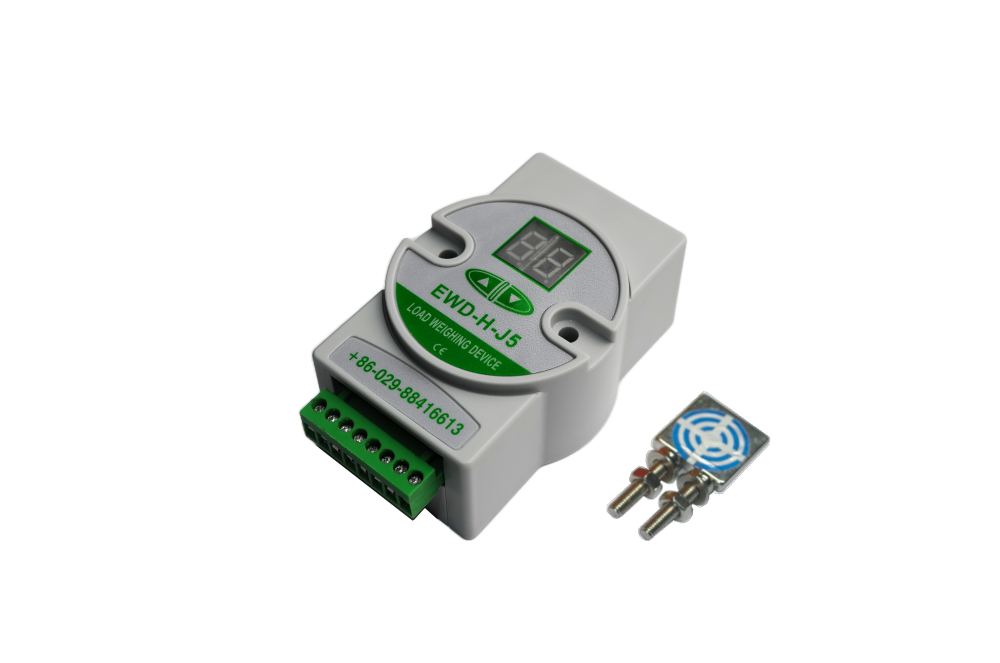
Elevators are essential components of modern buildings, providing efficient vertical transportation for people and goods. Behind their smooth operation lies a sophisticated system of controllers and sensors that ensure safety, efficiency, and reliability. Among these systems, the load-sensing mechanism plays a critical role in maintaining the balance and stability of the elevator. This article explores the functionality of elevator load controllers and sensors, their importance in ensuring safe operation, and their integration with modern elevator technology.
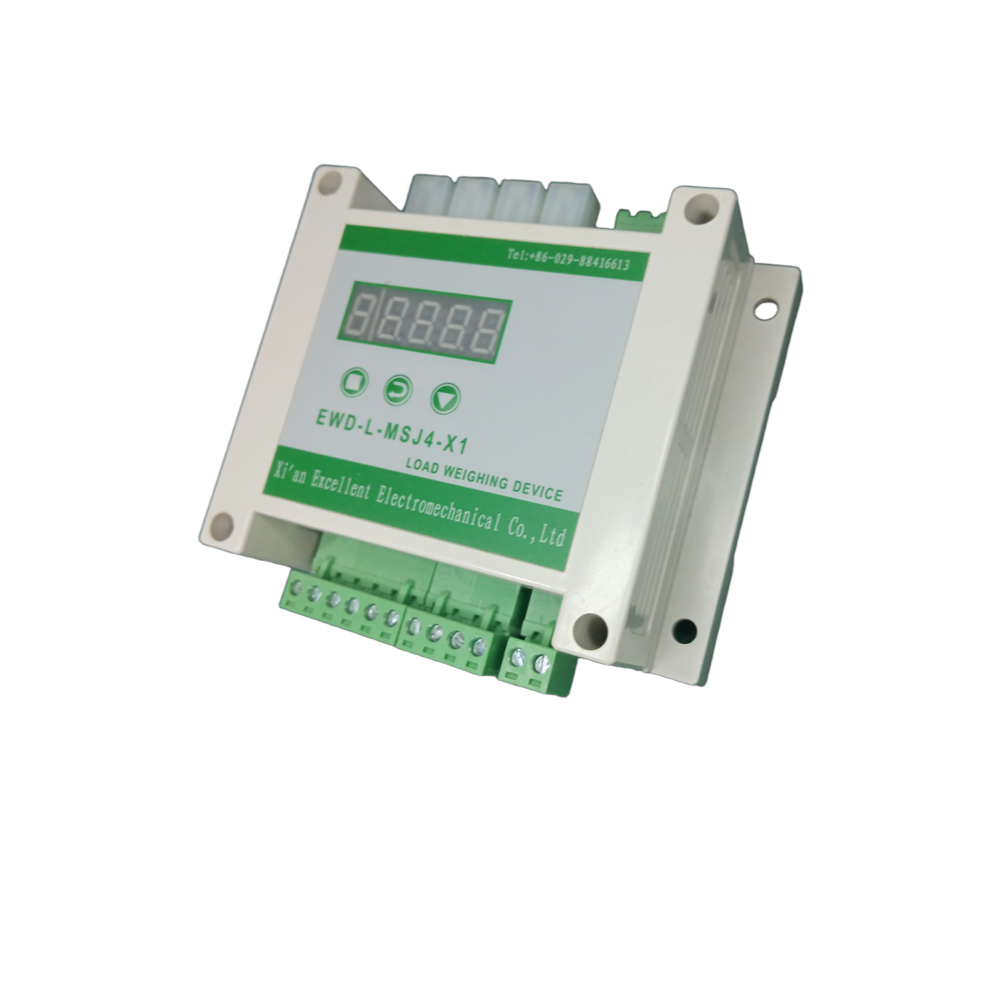
Elevators are designed to operate within specific weight limits to ensure passenger safety and prevent mechanical failure. Overloading an elevator can lead to accidents, mechanical stress, and potential system breakdowns. To address this, modern elevators are equipped with advanced load-sensing systems that monitor the weight inside the cabin and adjust the elevator's performance accordingly.
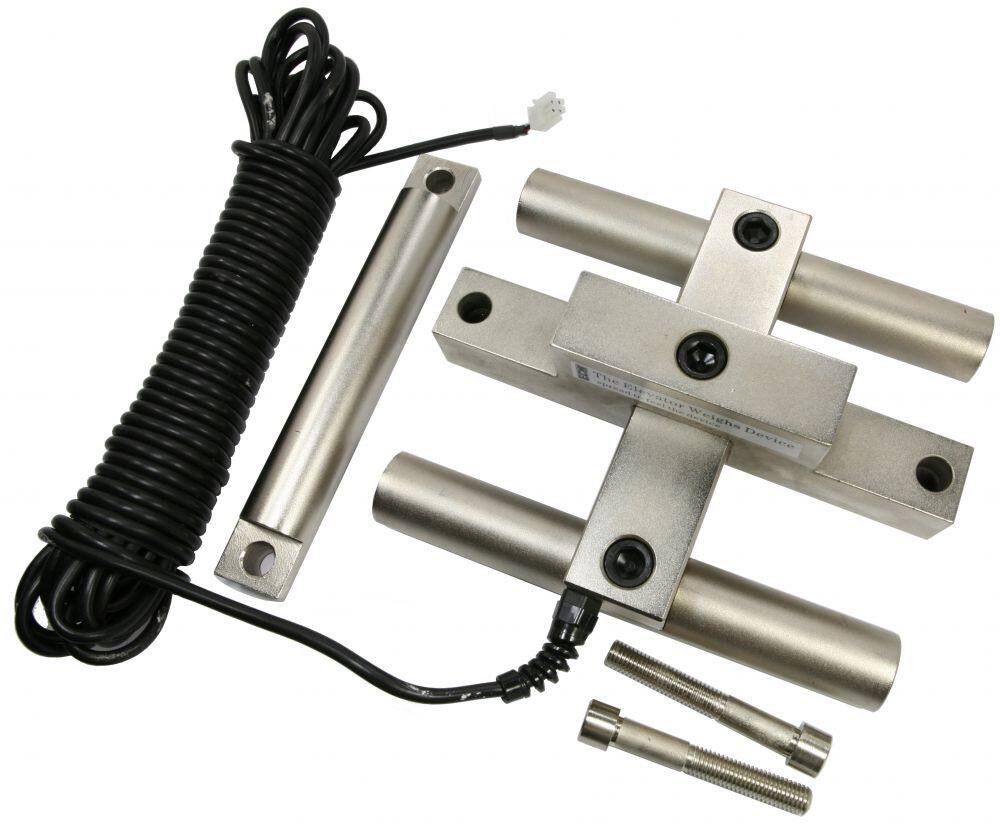
Load controllers and sensors are the backbone of elevator load management. The sensors, typically located at the bottom of the elevator cabin, measure the weight applied to them. These sensors can be of various types, including strain gauges, pressure-sensitive mats, or even advanced electronic systems. The data collected by the sensors is transmitted to the load controller, a sophisticated control unit that processes the information.
The load controller performs several functions based on the weight data it receives:
Weight Calculation: It calculates the total weight inside the elevator cabin.
Load Limitation: It ensures that the elevator does not exceed its maximum weight capacity. If the load exceeds the limit, the controller may prevent the doors from closing or trigger an alarm.
Motor Adjustment: The controller adjusts the motor's power to maintain smooth operation, preventing sudden movements or jerks caused by uneven loads.
Safety Protocols: In case of overload or system failure, the controller activates emergency procedures, such as halting the elevator or initiating a safety stop.
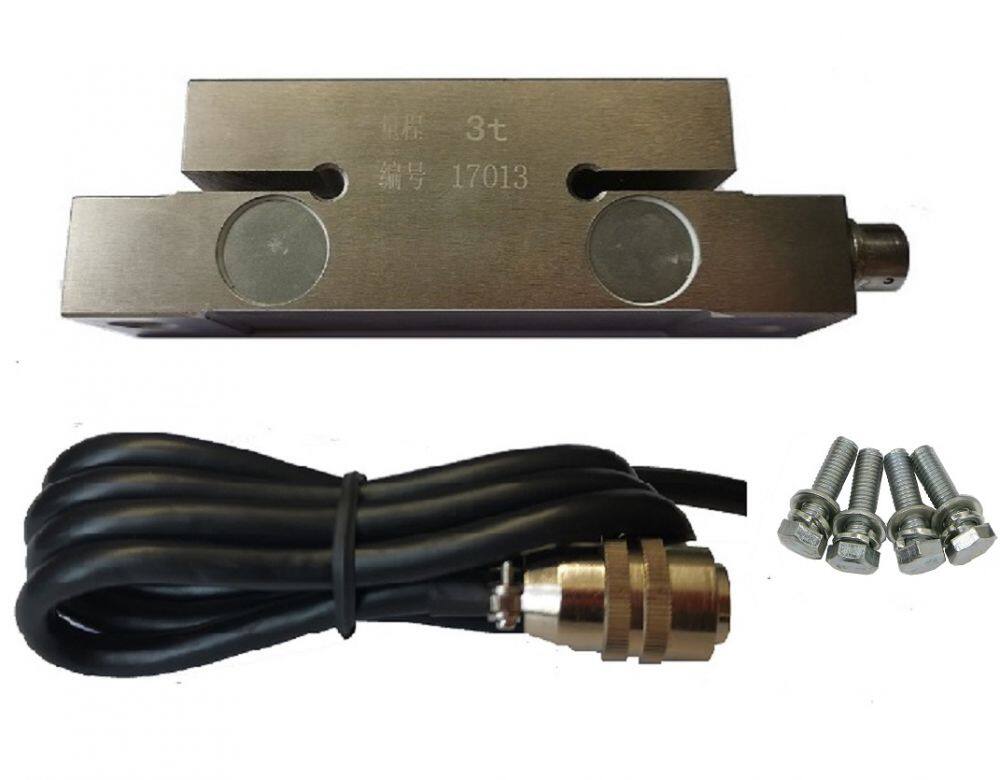
Modern load controllers are integrated with cutting-edge technology to enhance performance and safety. Some advanced features include:
Real-Time Monitoring: Continuous monitoring of the load ensures immediate response to changes in weight.
Smart Load Distributbution: Advanced algorithms help disnsors Work
Load controllers and sensors are the backbone of elevator load management. The sensors, typically located at the bottom of the elevator cabin, measure the weight applied to them. These sensors can be of various types, including strain gauges, pressure-sensitive mats, or even advanced electronic systems. The data collected by the sensors is transmitted to the load controller, a sophisticated control unit that processes the information.
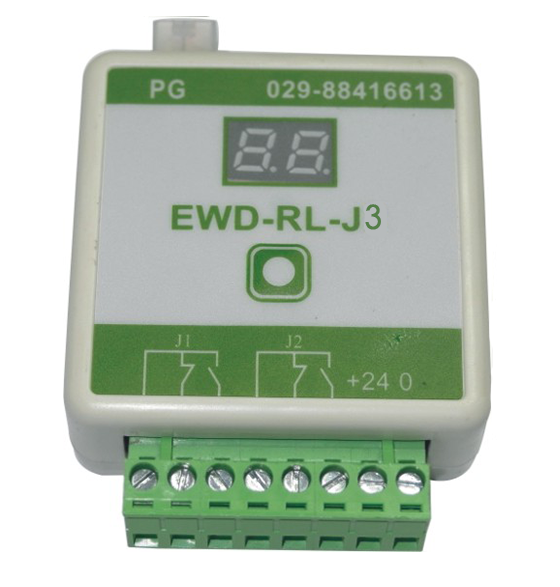
The load controller performs several functions based on the weight data it receives:
Weight Calculation: It calculates the total weight inside the elevator cabin.
Load Limitation: It ensures that the elevator does not exceed its maximum weight capacity. If the load exceeds the limit, the controller may prevent the doors from closing or trigger an alarm.
Motor Adjustment: The controller adjusts the motor's power to maintain smooth operation, preventing sudden movements or jerks caused by uneven loads.
Safety Protocols: In case of overload or system failure, the controller activates emergency procedures, such as halting the elevator or initiating a safety stop.
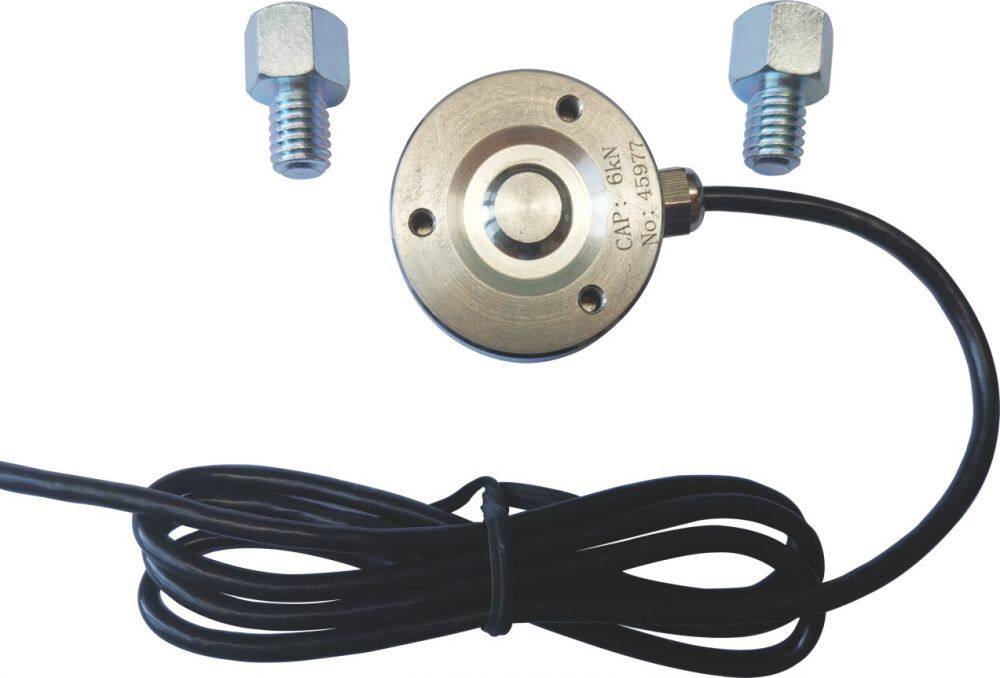 Advanced Features of Modern Load Controllers
Advanced Features of Modern Load ControllersModern load controllers are integrated with cutting-edge technology to enhance performance and safety. Some advanced features include:
Real-Time Monitoring: Continuous monitoring of the load ensures immediate response to changes in weight.
Smart Load Distribution: Advanced algorithms help distribute the load evenly, reducing stress on the elevator's structural components.
Integration with Building Management Systems (BMS): Load controllers can communicate with building management systems to optimize elevator usage and energy consumption.
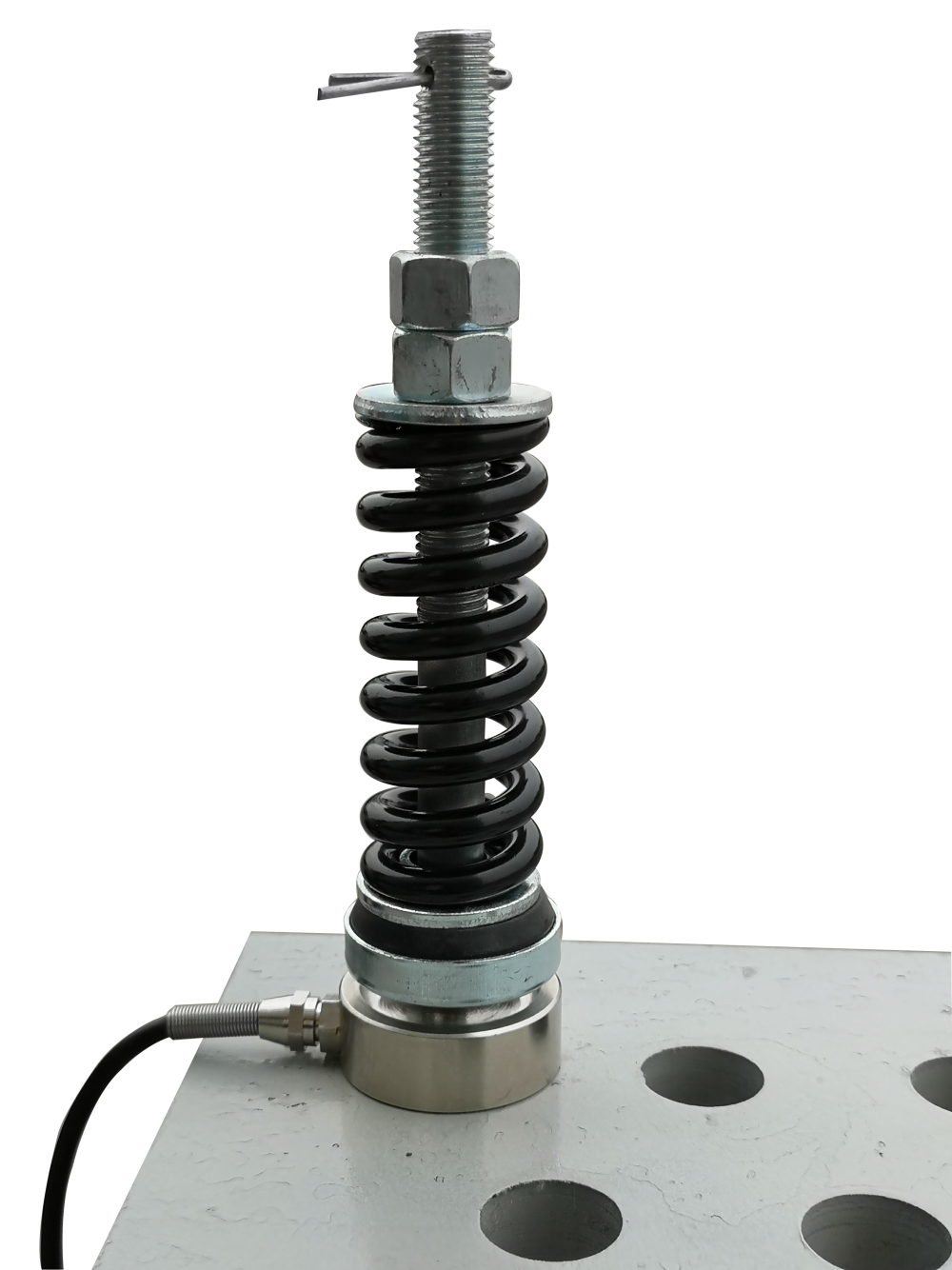
The integration of load controllers and sensors offers numerous benefits:
Enhanced Safety: Prevents overloading and ensures compliance with safety standards.
Improved Efficiency: Optimizes elevator performance, reducing energy consumption and wear and tear.
Reliability: Minimizes the risk of mechanical failures, ensuring consistent and dependable operation.
User Comfort: Smooth operation and controlled movements enhance the passenger experience.
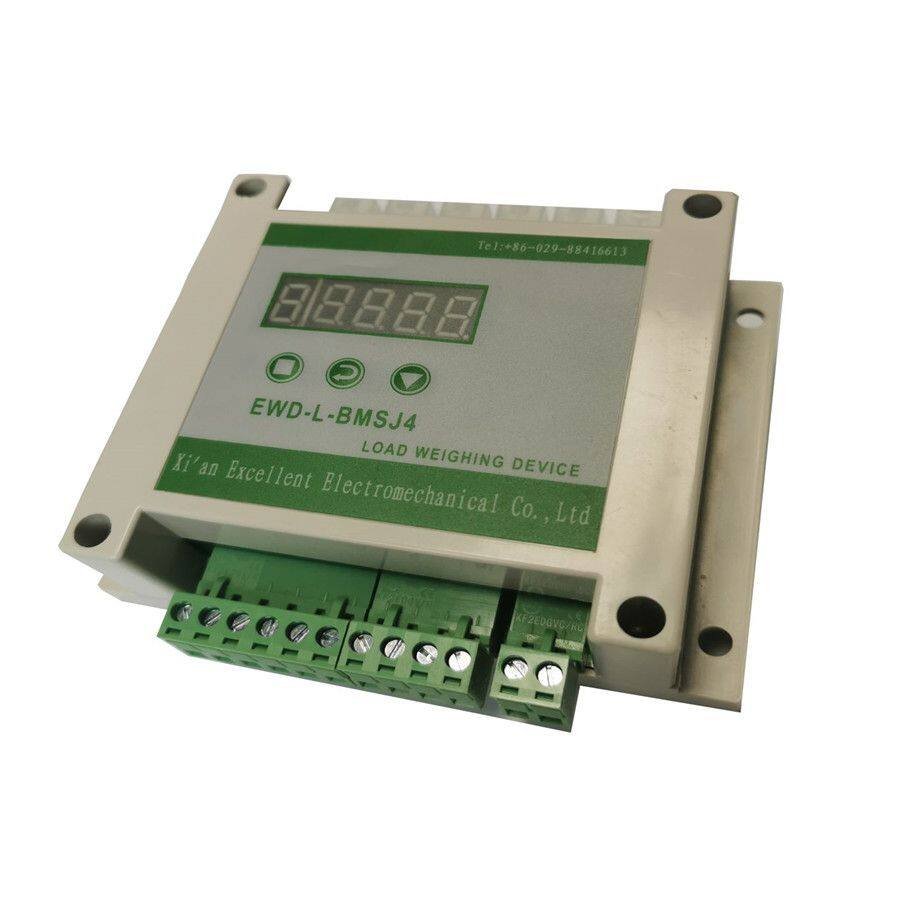 Maintenance and Future Trends
Maintenance and Future TrendsLike any other mechanical system, load controllers and sensors require regular maintenance to function optimally. Periodic inspections, calibration, and software updates are essential to ensure accurate weight measurement and system reliability.
Looking ahead, advancements in sensor technology, such as the use of AI and machine learning, are expected to further enhance the capabilities of elevator load-sensing systems. These innovations will enable more precise load calculations, predictive maintenance, and even smarter load distribution algorithms.
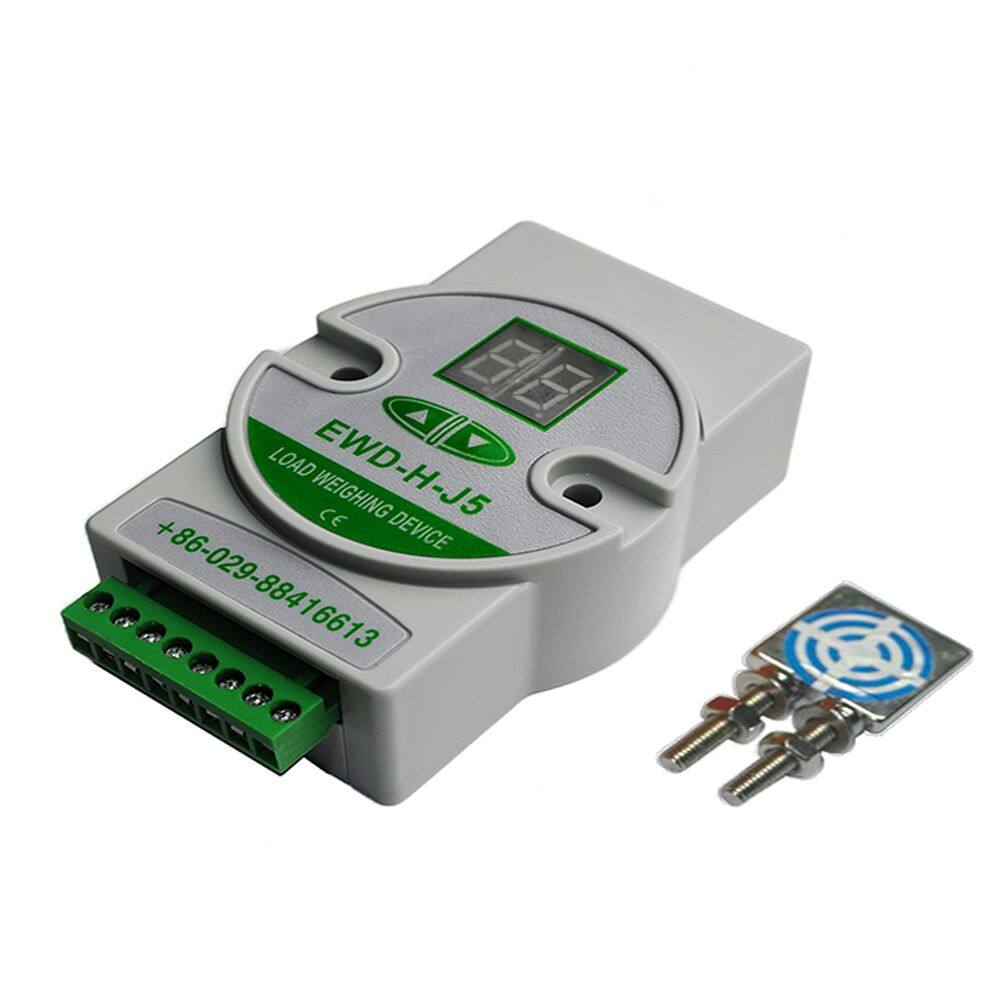 Conclusion
ConclusionElevator load controllers and sensors are indispensable components of modern elevator systems. They play a pivotal role in ensuring safety, efficiency, and user comfort by monitoring and managing the weight inside the cabin. As technology continues to evolve, these systems will become even more sophisticated, contributing to the development of smarter and safer elevator solutions.
website:https://elevatorest.com/
WhatsApp: +86 18092239472
Email:fmssales3@xafms.com
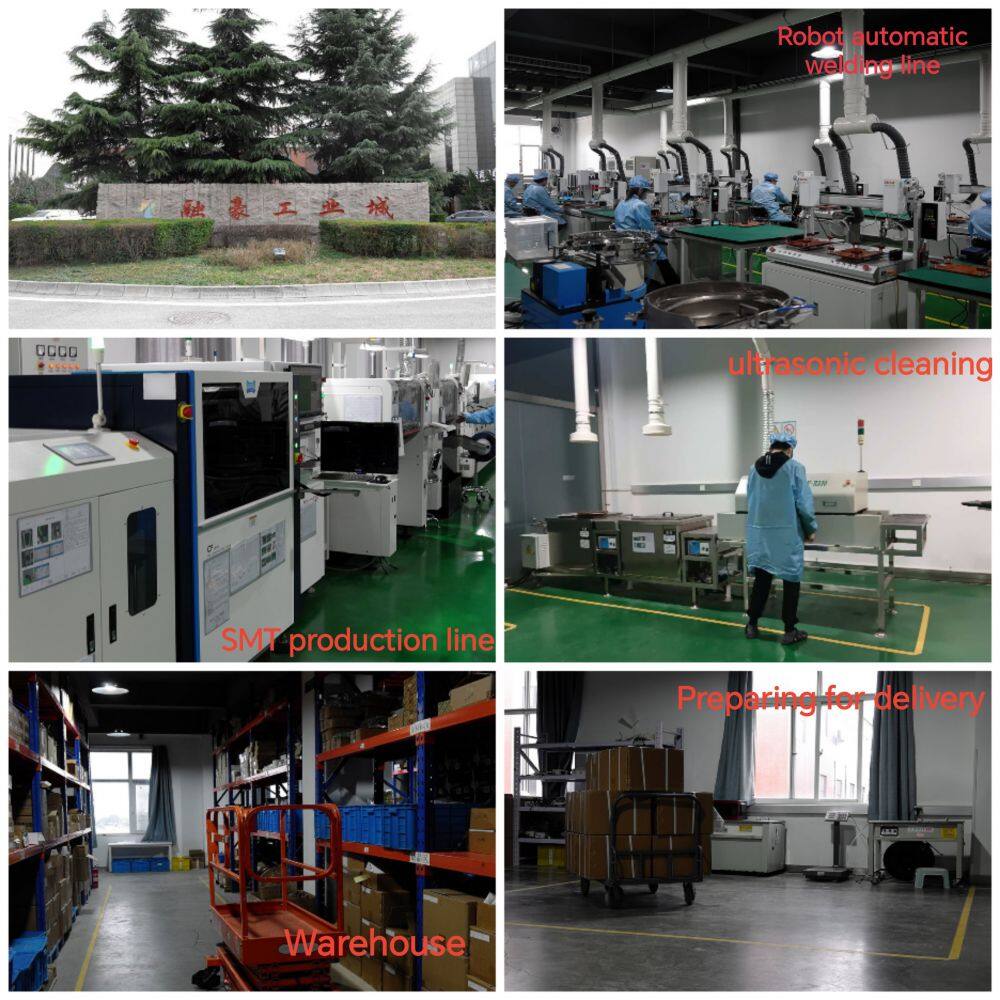
Tags: Load-Sensing Systems, Safety Performance, Real-Time Monitoring
